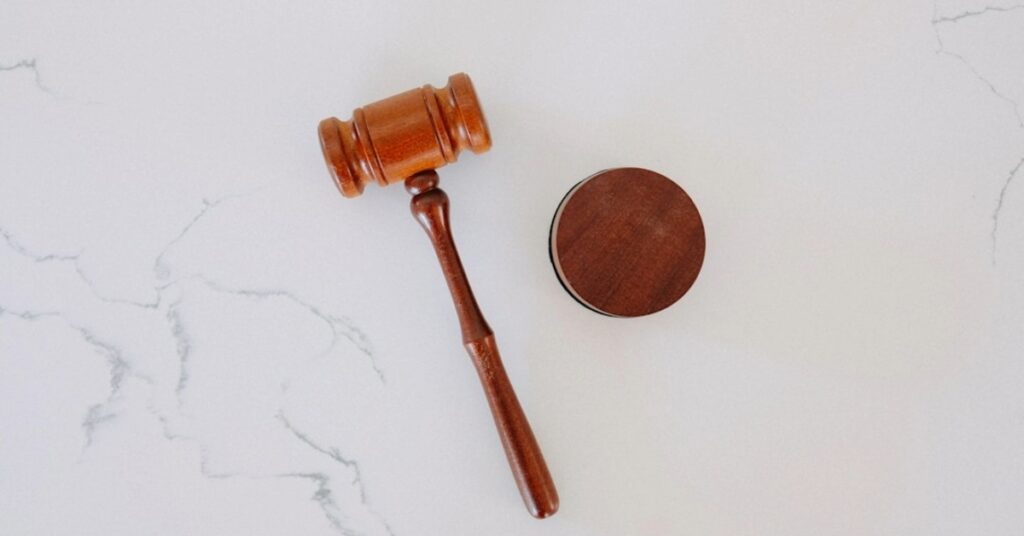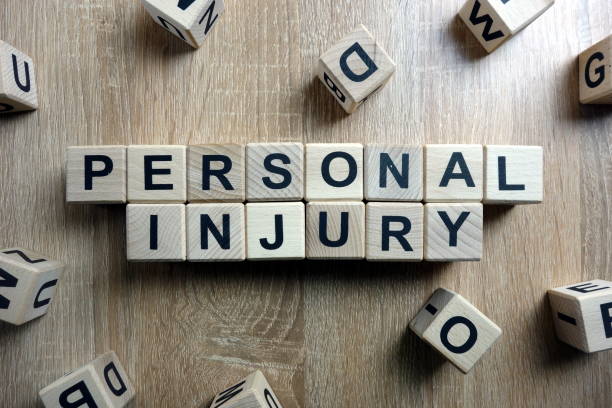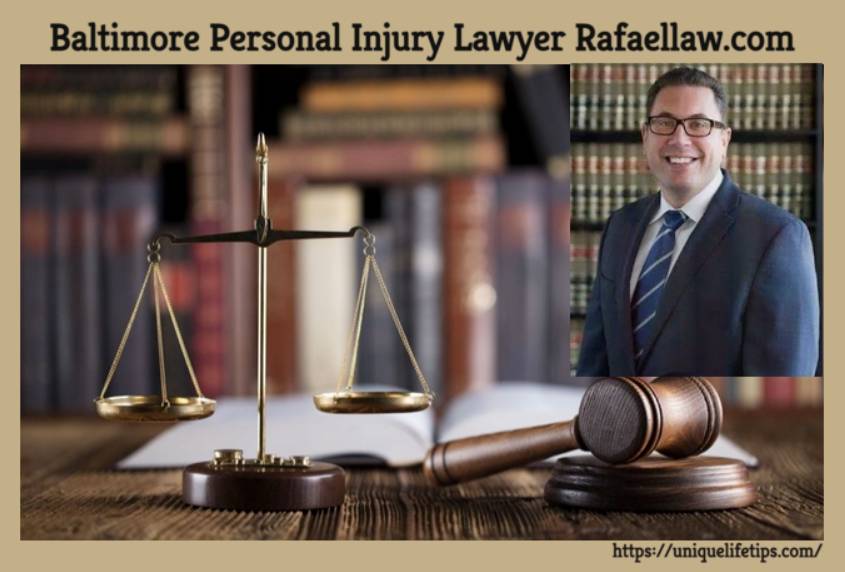When an individual is injured due to someone else’s negligence or intentional act, understanding the path to just compensation can be both crucial and complex. Knowing how the personal injury claims process works provides clarity and also empowers one to seek the redress they deserve. An experienced personal injury law office Chicago can be instrumental in navigating your claims process. Keep reading to grasp the essential phases of this legal process and ensure you’re equipped for every twist and turn it may entail.
Understanding the Fundamentals of Personal Injury Claims

At the core of a personal injury claim is the notion that a party has suffered harm due to another’s wrongful action or inaction. This framework is rooted in civil law, which seeks to address wrongs through monetary compensation rather than criminal punishment. Personal injury cases can encompass various incidents, from auto accidents and workplace injuries to slip-and-fall cases and medical malpractice.
To initiate a claim, the injured party, also known as the plaintiff, must demonstrate that the other party, the defendant, had a duty of care that was breached, leading to the injury. This is often achieved by proving negligence, which is a failure to behave with the level of care that someone of ordinary prudence would have exercised under the same circumstances. The burden of proof lies with the plaintiff, who must show that their injuries were a direct result of the defendant’s actions.
Once a claim is filed, the defendant’s insurance company becomes involved, potentially leading to an intricate exchange of information and legal gambits. This stage is crucial as both sides assess the situation and prepare for either a settlement or a court battle. It’s at this juncture where the guidance of a knowledgeable attorney can be invaluable to navigate the legal complexities.
Navigating the Negotiation Phase with Insurance Companies
The negotiation phase with insurance companies is often characterized by a back-and-forth exchange of settlement offers and demands. The insurance adjuster’s role is to minimize the company’s payout, which requires the injured party or their attorney to be adept at advocating for fair compensation. Initial offers from insurers should be approached with caution, as they often fall short of covering all damages.
Effective negotiation necessitates a comprehensive understanding of the value of the claim, including both economic and non-economic damages. Compiling a detailed demand letter articulating these damages is the starting point for serious negotiations. The claimant must be prepared to explain and justify the amount being demanded convincingly.
The Litigation Process: When Personal Injury Claims Go to Court
In circumstances where a settlement cannot be reached, the personal injury claim escalates to litigation, where the matter is handed over to the courts. The litigation process begins with the filing of a complaint, which outlines the legal basis of the claim and the damages sought. This proceeding increases the stakes for all parties involved, as outcomes become less predictable when placed in the hands of a judge or jury.
The discovery phase is a critical component of litigation, wherein both parties exchange pertinent information through depositions, interrogatories, and requests for documents. This period allows for a deeper investigation into the facts and often leads to the gathering of additional evidence that can either make or break a case.
Trial preparation is exhaustive, as attorneys develop strategies, prepare witness testimonies, and simulate potential cross-examinations. In the courtroom, presenting a compelling narrative becomes just as imperative as the facts of the case. The ability to connect with the jury and communicate the story of the injury’s impact on the claimant’s life can be as strategic as the legal arguments.
Managing Settlements and Awards in Personal Injury Cases

Once a verdict is reached or a settlement is agreed upon, the management of these funds becomes the next critical phase. Settlements often include compensation for medical expenses, lost wages, pain and suffering, and other damages. It’s paramount that the settlement adequately addresses the long-term financial needs of the injured party.
In the case of large settlements, structured payments may provide an ongoing income stream, rather than a single lump sum. Financial planning in the aftermath of a successful claim is essential to ensure that the compensation supports the injured party’s future. Financial advisers and attorneys often collaborate to develop a sustainable plan for funds allocation.
Overall, the journey through the personal injury claims process requires a careful strategy, informed decision-making, and sometimes the patience to see the case through to the end.







